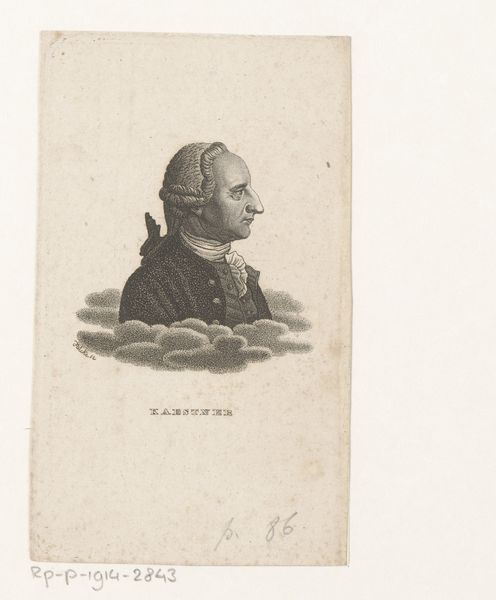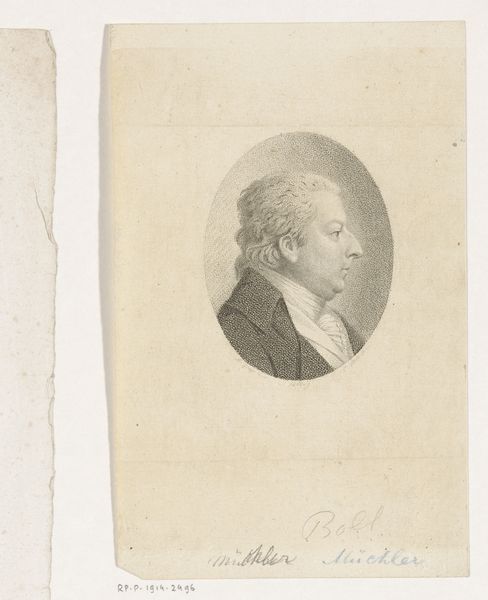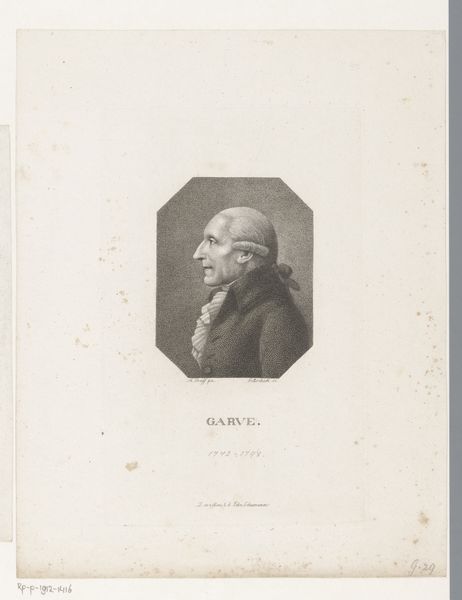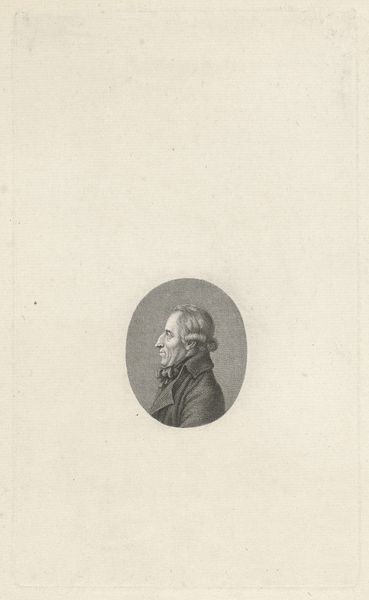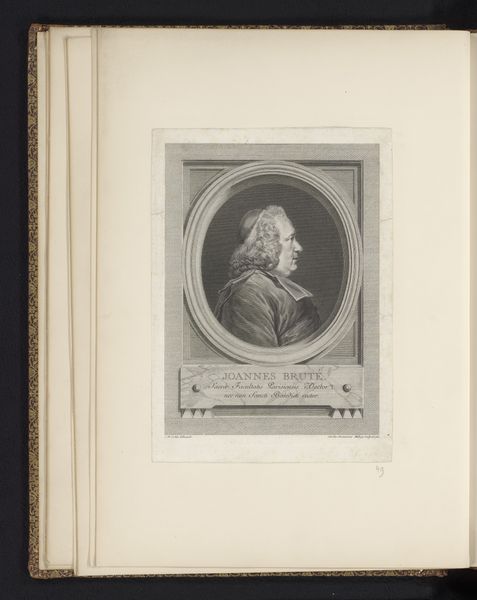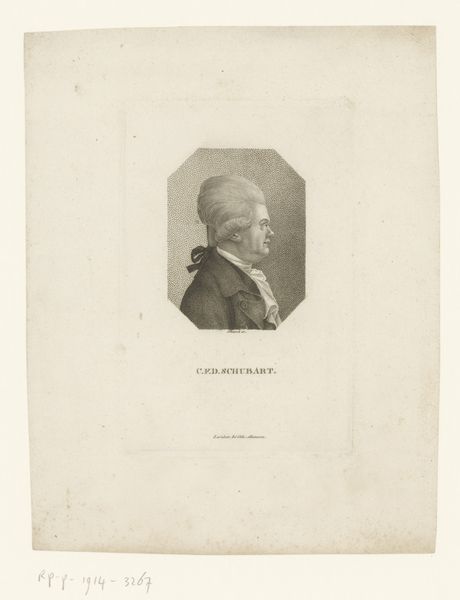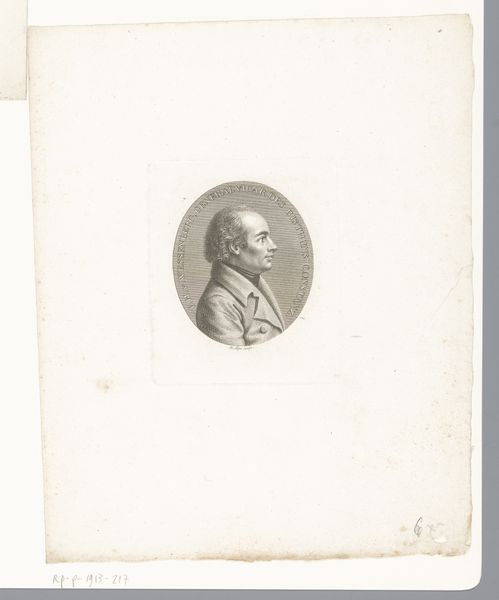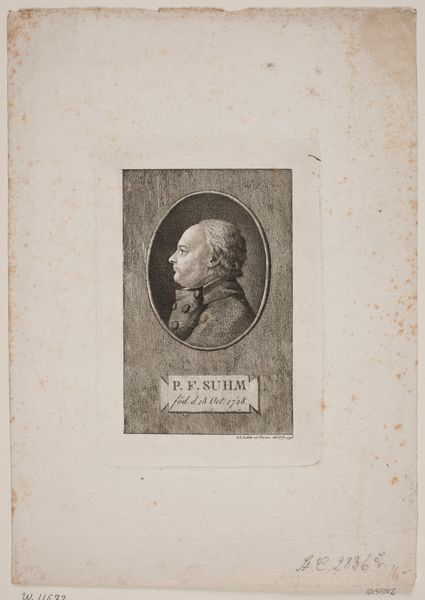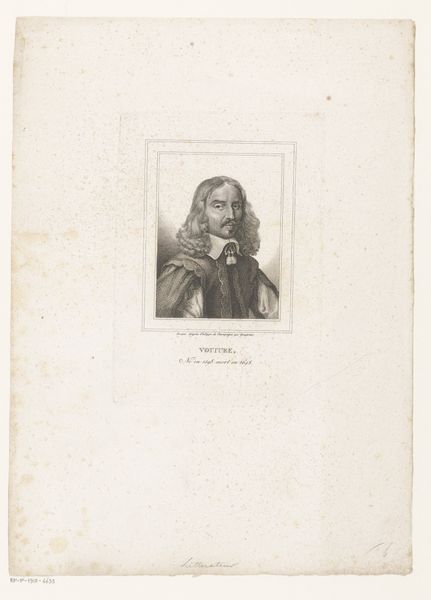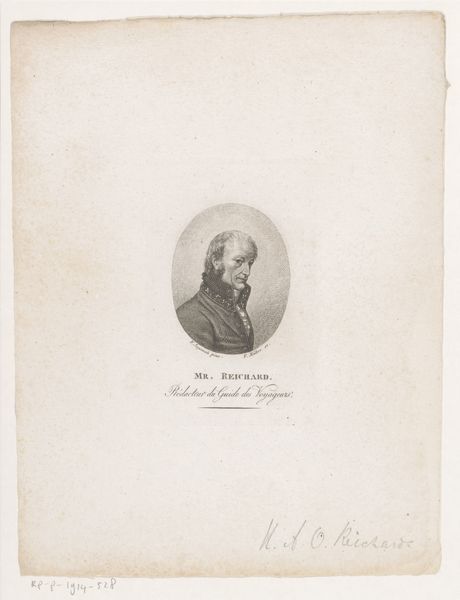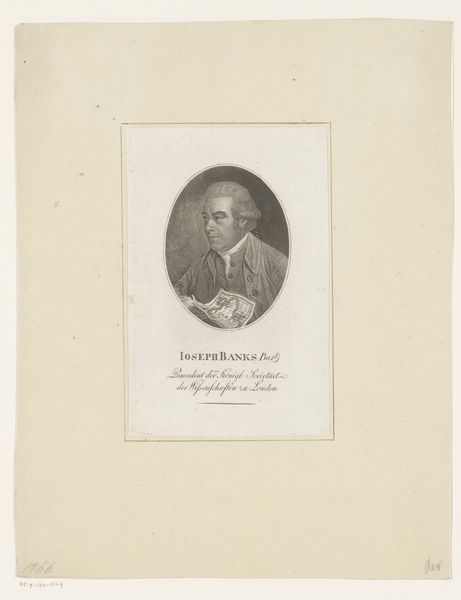
engraving
#
neoclacissism
#
classicism
#
history-painting
#
engraving
Dimensions: height 135 mm, height 77 mm
Copyright: Rijks Museum: Open Domain
Curator: This is a portrait engraving of Leopold Friedrich Günther von Goeckingk. Its creation falls somewhere between 1800 and 1830, placing it squarely in the Neoclassical period. Editor: Oh, he’s dreamy, isn’t he? Not just handsome, but look how he seems to float out of a misty cloud. Almost like an apparition, a ghost of enlightenment past. Curator: That's a great way to put it. These cloud-like wisps serve to elevate the subject. Goeckingk, in his time, was a known figure in literary and intellectual circles. To depict someone amid clouds taps into a larger historical visual language of apotheosis, of idealization, common at the time. Editor: Right! It’s saying, “This guy, he's on another plane of existence!" But beyond that, the artistry… It's that almost ethereal quality achieved just with lines, isn’t it? It’s whispering stories and secrets of that time. Curator: Indeed, the linear precision is quite typical of Neoclassical art, an aesthetic choice that carries over here. Look how crisply his features are rendered. Also consider what it meant to create portraits like these: disseminating a particular image and idea of a person amongst audiences, creating public personas and managing public perception in ways that have carried on to this day. Editor: Absolutely. And even now, seeing him through that lens, this character from a history book feels suddenly... accessible. There's a directness, despite all the frills of his era, of classicism that is very intriguing to our sensibilities. The mystery invites curiosity. Curator: That mystery, perhaps, is what allows it to speak across the ages, doesn’t it? An artwork offering insights into history and also, at least for me, into how we engage with representations of power. Editor: Definitely food for thought! It's interesting how such a seemingly formal portrait can open the doors for a reflection, really, about our perceptions of people and history. It does more than merely show someone from the past—it invites an experience.
Comments
No comments
Be the first to comment and join the conversation on the ultimate creative platform.
